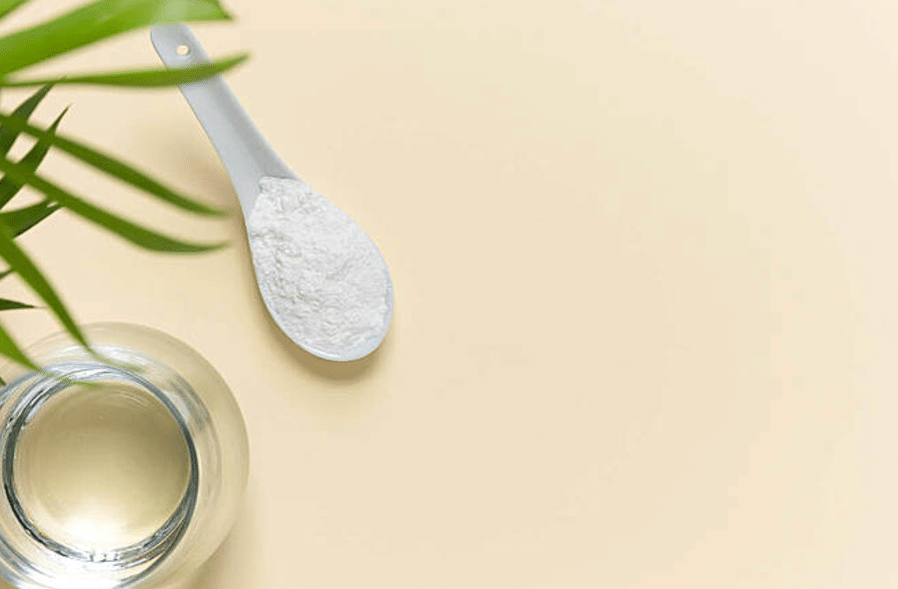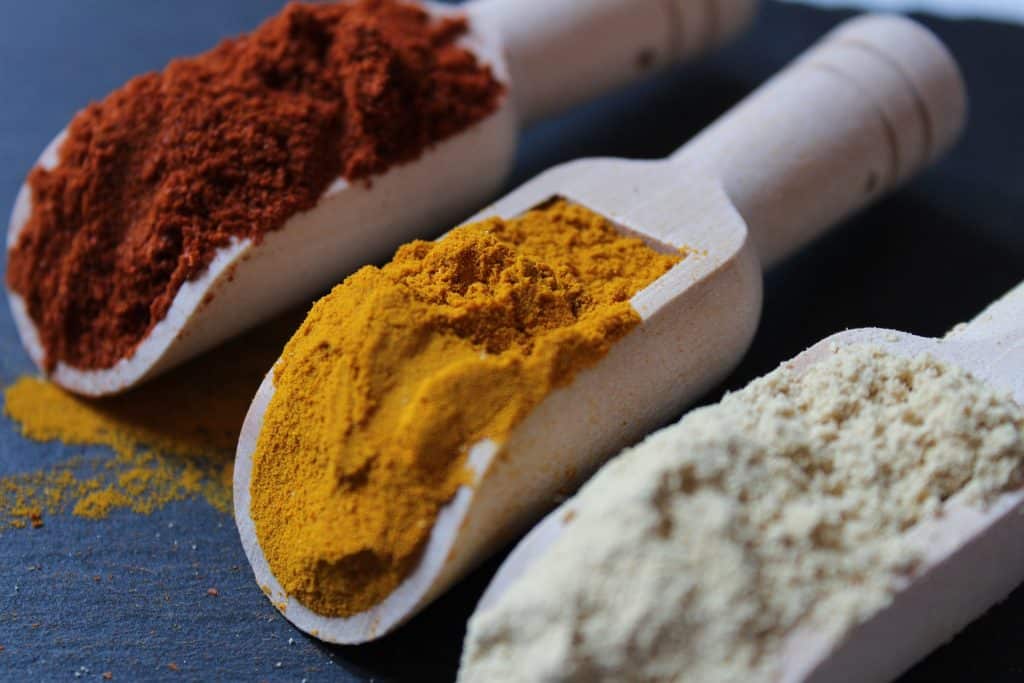What is Glutamine ?
What is L-Alanine ?
Glutamine and L-Alanine are both amino acids, but they have distinct roles in the body and their structures differ. Here’s a breakdown of each:
1. Glutamine:
Type: Non-essential amino acid (conditionally essential under stress conditions like injury, illness, or intense physical activity).
Structure: Contains an amide group in its side chain (amino group attached to a carboxamide).
Functions:
- Protein Synthesis: Plays a role in the synthesis of proteins.
- Cell Metabolism: Supports metabolism of cells in the intestines and immune system.
- Gut Health: Glutamine is a key energy source for enterocytes (intestinal cells) and helps maintain gut barrier integrity.
- Immune Function: It supports the immune system by fueling rapidly dividing immune cells, such as lymphocytes and macrophages.
- Nitrogen Transport: Helps in the transport of nitrogen between tissues.
Usage in Supplementation:
- Post-exercise recovery: It can reduce muscle soreness and aid in recovery by supporting muscle tissue repair.
- Immune support: Often used during periods of illness or intense physical stress to maintain immune function.
- Gut Health: Supplemented for its benefits in promoting healthy digestive function, particularly in critical care settings.
2. L-Alanine:
Type: Non-essential amino acid.
Structure: Has a simple side chain consisting of a methyl group (CH₃), which makes it one of the smallest amino acids.
Functions:
- Energy Production: L-Alanine is involved in glucose metabolism. It is part of the “alanine-glucose cycle,” where it helps transport nitrogen and convert it to glucose in the liver.
- Protein Synthesis: Like all amino acids, it is used in the formation of proteins.
- Support of Muscle Function: It may help provide energy to muscles during exercise, particularly when glycogen stores are low.
- Blood Sugar Regulation: It can support blood sugar levels by providing a substrate for glucose production.
Usage in Supplementation:
- Energy during Exercise: L-Alanine supplements are sometimes used to support exercise performance, especially in endurance activities.
- Blood Sugar Control: It can help manage blood glucose, which makes it useful for individuals with insulin resistance or other metabolic concerns.
Key Differences:
- Function Focus:
- Glutamine: More focused on immune function, gut health, and overall recovery (especially after physical stress).
- L-Alanine: Primarily involved in energy production and glucose metabolism.
- Metabolic Pathways:
- Glutamine: Plays a crucial role in nitrogen transport and cell function, particularly in immune cells and the intestines.
- L-Alanine: Primarily supports energy production, especially during times of energy demand, through the alanine-glucose cycle.
- Supplementation:
- Glutamine: Often used by athletes for recovery, immune support, and gut health.
- L-Alanine: Used mainly for improving energy availability during exercise and managing blood sugar levels.
Both amino acids are beneficial, but they serve different purposes in the body, and the choice between them would depend on your specific goals (e.g., recovery, immune health, energy production).




